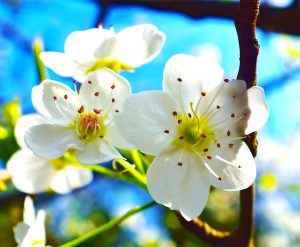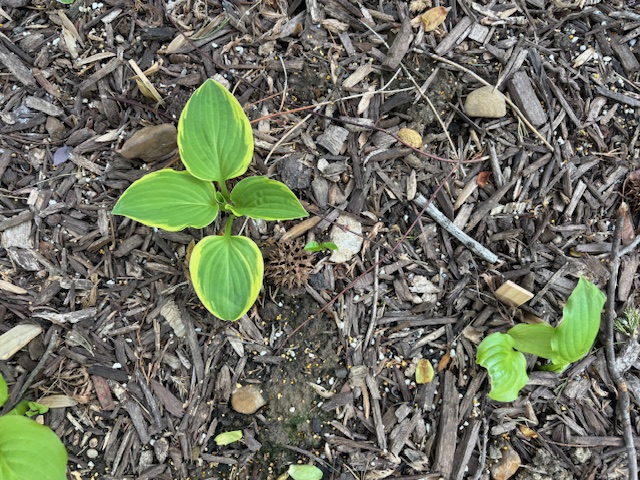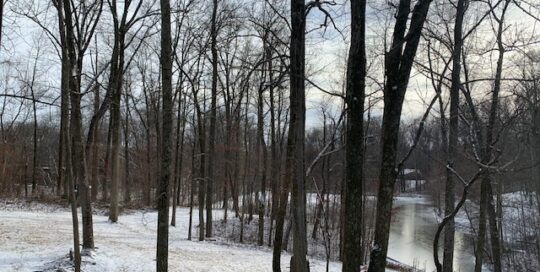How to Deal with Invasive Plants and Trees
Views: 4131

In most of the Midwest, and certainly in my Zone 6b, there’s been very little winter and the “Spring of ’17” began in January, it seems. First, my daffodils came up in mid-January; then on February 22, I noticed the weeping willows had leafed out. February 23, the daffodils were blooming. Then, on February 27, the invasive plants ‘Bradford pears‘ bloomed.
As you drive along most highways and byways, you will see the early, white blooms of Bradford pear trees (Pyrus calleryana). They are beautiful, but nowadays when I see them growing in masses where they have volunteered, I get this sick-ish feeling in my stomach.
Why?
Because like so many other examples of human good intentions, we’ve messed with Mother Nature. As the birds eat the small fruits and then distribute the seeds in their droppings, these trees from Japan and China have become invasive plants in more than twenty-five states – prolific bullies which out reproduce and out-grow native trees which are needed for our native birds and wildlife.
Strangely, they are still offered for sale at most big box stores and garden centers – and, because people don’t realize the trees have become such a problem, people still buy them. Maybe it’s too late to stop the trees from taking over? On my little piece of land – I’ll do my best to keep them out.
The Bradford pear (also called Callery pear) and its many cultivars (Aristocrat, Autumn Blaze, Cleveland Select, etc.) aren’t the only example of good intentions producing bad results. The Autumn Olive (Elaeagnus umbellata) is another Asian foreigner we bought and planted on purpose. State transportation departments planted them as wind and snow breaks; homeowners planted them for privacy screens and to provide food for birds and themselves. Just like the Callery / Bradford pear, birds spread it until it’s an invasive plant in much of the eastern U.S.
Another mistake
Need another example? That burning bush (Euonymous alatus) which turns so beautifully crimson each fall has invaded our woodlands to the point that it has smothered out native understory shrubs. Again, blame the birds – they eat the seeds, fly away and then drop the seeds elsewhere. Along my road, burning bushes carpet entire woods – quite easy to see when they turn scarlet in the fall.
What to do? Cutting down an Autumn Olive or Burning Bush won’t kill them. I carefully dab a small amount of glyphosate herbicide on the stump as soon as I cut. After two or three years of cutting and treating the same stump, it will eventually give up. Don’t try to dig up a burning bush – disturbing the soil simply brings more seeds to the surface where they will happily germinate. And absolutely do not fertilize them!
We can’t change the past, but we can try to change the future. Where you can, clear out these invaders and PLEASE don’t plant anymore invasive plants.
Stay green, good friends!
Meet Dona Bergman
Dona Bergman is a founding member, Southwest Indiana Chapter of the Indiana Native Plant & Wildlife Society, and an Advanced Master Gardener.







